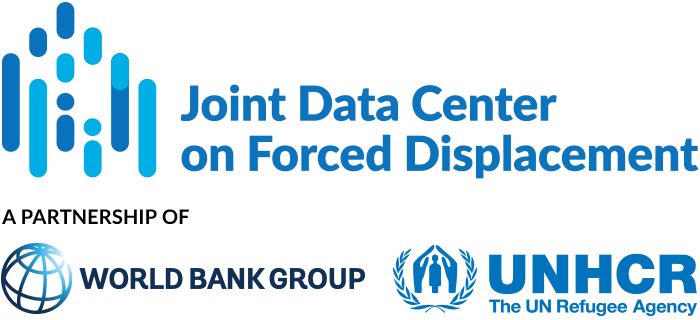This article investigates the determinants of women empowerment among refugee women living in Nairobi, Kenya.
JDC Literature Review
The association between perceived neighborhood social cohesion and intimate partner violence in a refugee camp in Dollo Ado, Ethiopia
This article examines the association between perceived neighborhood social cohesion (P-NSC)—a measure of community trust, attachment, safety, and reciprocity—and the incidence of intimate partner violence (IPV) and controlling behaviors against women among Somali refugees residing in Bokolmayo camp, Dollo Ado, Ethiopia.
Investigating the interplay between electricity access and food security: Insights from refugee settlements in Zambia, Malawi, and Uganda
This article investigates the impact of electricity access on food security, focusing on refugee settlements in Zambia, Malawi, and Uganda.
Understanding linkages between self-reliance and mental health among forcibly displaced women in Colombia
This paper investigates the link between household self-reliance and mental health outcomes, specifically depression symptoms and resilience, among forcibly displaced women in Colombia.
The impact of savings-led microfinance on the lives of refugees
This paper analyses the impact of a Village Savings and Loan (VSL) program on South Sudanese refugees in Uganda.
Training Refugees: Lights and Shadows in the Context of the Self-Reliance Strategy Implemented in Uganda
This paper estimates the causal impact of training on refugees’ food security and market access in Uganda.
Is the self-reliance strategy sustainable? Evidence from assistance programmes to refugees in Uganda
This study investigates the impact of cash and food assistance on food security and self-reliance among refugee communities in Uganda.
Wage-productivity gap and discrimination against Syrian refugees: Evidence from Turkey
This article investigates the relationship between the wage-productivity gap and perceived economic and social discrimination among Syrian refugee workers in Turkey.
Exploring relationships between conflict intensity, forced displacement, and healthcare attacks: a retrospective analysis from Syria, 2016–2022
This article investigates the relationships between healthcare attacks, conflict incidence, and internal displacement in Syria between 2016 and 2022. Over the 13 years of civil conflict in Syria, over 7.2 million people have been internally displaced, and 6.5 million refugees have fled the country.
The role of school functioning, physical activity, BMI, sex and age in building resilience among Ukrainian refugee children in Poland
This article examines the relationship between school functioning, physical activity (PA), sex, Body Mass Index (BMI), age, and resilience in Ukrainian refugee children in Poland. Since Russia’s invasion of Ukraine on February 24, 2022, approximately 200,000 school-aged children and adolescents from Ukraine have enrolled in Polish schools.


